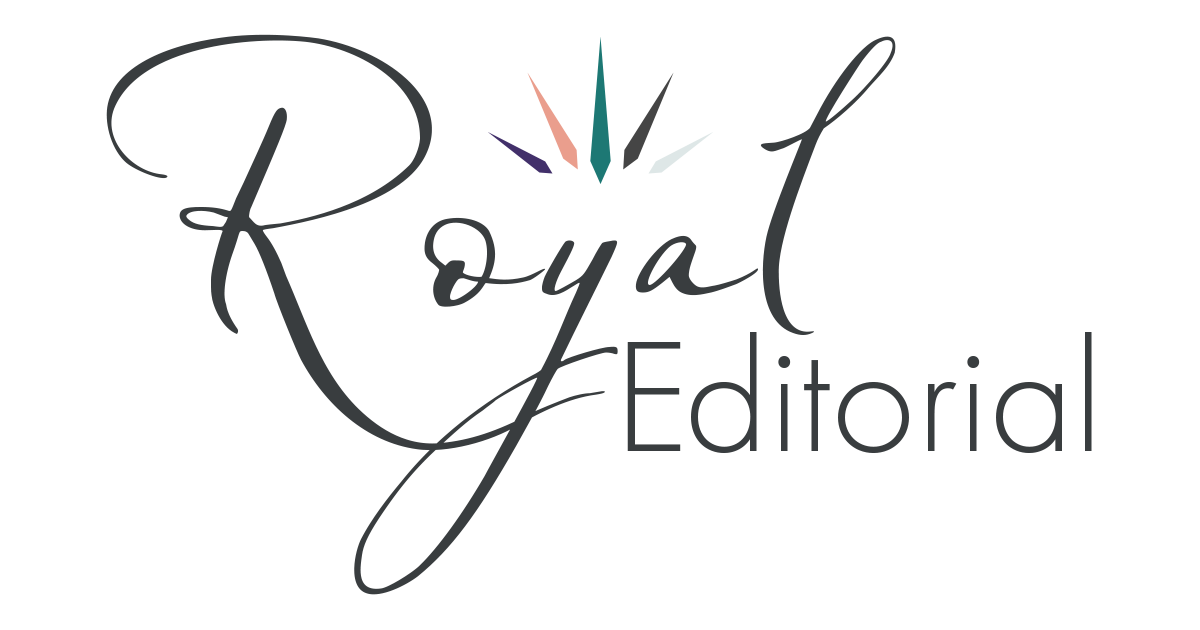Brainstorming Characters: Identifiers
Last time, we talked about how important it is for your characters to have a distinct personality beyond just their motivations. We took a look at how strengths and weaknesses can help flesh out your characterization. Today, we’re going to home in on some tools you might use to add a bit of uniqueness to your characters—essentially, these are the spices to flavour your character casserole. So, let’s dive right into our last batch of key questions you ought to be asking about your characters.
Does your character have any unique quirks?
Quirks are a bit different from talents or skills; a character quirk doesn’t necessarily have to engage with the plot in any way, shape, or form. A quirk is nothing more than a behavioural tendency that helps the reader tell one character apart from another. For example, does your character like their martinis shaken, not stirred? Does your character have their nose stuck in a book when they’re out wandering the streets? Does your character run on their tiptoes when bowling? Next time you’re having trouble making your character stand out, try giving them a distinct character quirk!
Does your character have a significant visual identifier?
Another way to distinguish between characters is to give them memorable physical traits, that is, traits that aren’t commonly shared between characters in the world of your story. While this can include things like hair colour, eye colour, and facial hair, to really make your character stand out, you’ll want to think outside of the box of naturally occurring attributes. Think lightning-bolt-shaped scar. Think creepy hockey mask. Think mysterious ankle tattoo in the shape of an eye. Here’s one consideration you might have: if you were to dress up as your character for Halloween, how easy would it be for a fan to figure out your costume?
Does your character have a distinct way of speaking?
Accents and dialects are the most obvious ways to distinguish one character’s dialogue from another’s. They’re also the riskiest to implement; done incorrectly, an accent or dialogue can come across as annoying at best and offensive at worst. After all, there’s a fine line between Yoda and Jar Jar Binks. Luckily for you, there are a variety of other ways to personalize dialogue. Maybe your character has a catch phrase they utter every now and then. Maybe they rattle off intellectual prattle at a rapid-fire pace. Maybe they have a bent for quoting Shakespeare. Maybe they’ve got a bad habit of mixing metaphors. There’s really no limit to the creative ways you can come up with to develop a distinct voice for your character.
What archetype does your character embody?
In hindsight, we probably should have started with this one. Stereotypes are, obviously, bad. But there’s a reason we have a tendency to rely so greatly on stereotypes; if we categorize someone or something within a certain stereotype, we can draw on our knowledge of that stereotype to infer things about them. With that in mind, let’s pay a visit to stereotype’s less-offensive younger cousin: character archetype. Character archetypes function the exact same was as stereotypes. They embody a specific type of character that we’ve encountered time and time again. If we know a character falls into a given archetype, we can infer things about their personality and even predict how they might behave in a given situation. Some common character archetypes include: the hero, the mentor, the bad boy, the femme fatale, and the jester. Here’s the twist: while character archetypes might not always be inherently as offensive as stereotypes, they still paint a very simplistic picture of what it is to be a human being, and can reinforce problematic societal norms. This is why character archetypes should serve as the foundation for your characterization. Once you’ve got an archetype to serve as a blueprint, flesh out your character by using all the other tips and tricks we’ve gone over in this series of blog posts. And never be scared to throw in a little subversion!
Next Steps
Whew! That was quite the work-out. But our casserole’s looking just about ready to shove into the oven. If we’re sticking with our analogy, the oven is your story. You can add flourishes and glazes to your heart’s content. but your characters won’t really start to come to life until you let them bake. Once you plop your characters into the story, you’ll find that, if you’ve been following along with our recipe, they’ll very quickly develop a will of their own. And when that happens, you won’t have any doubt that your characters are, truly, alive.
